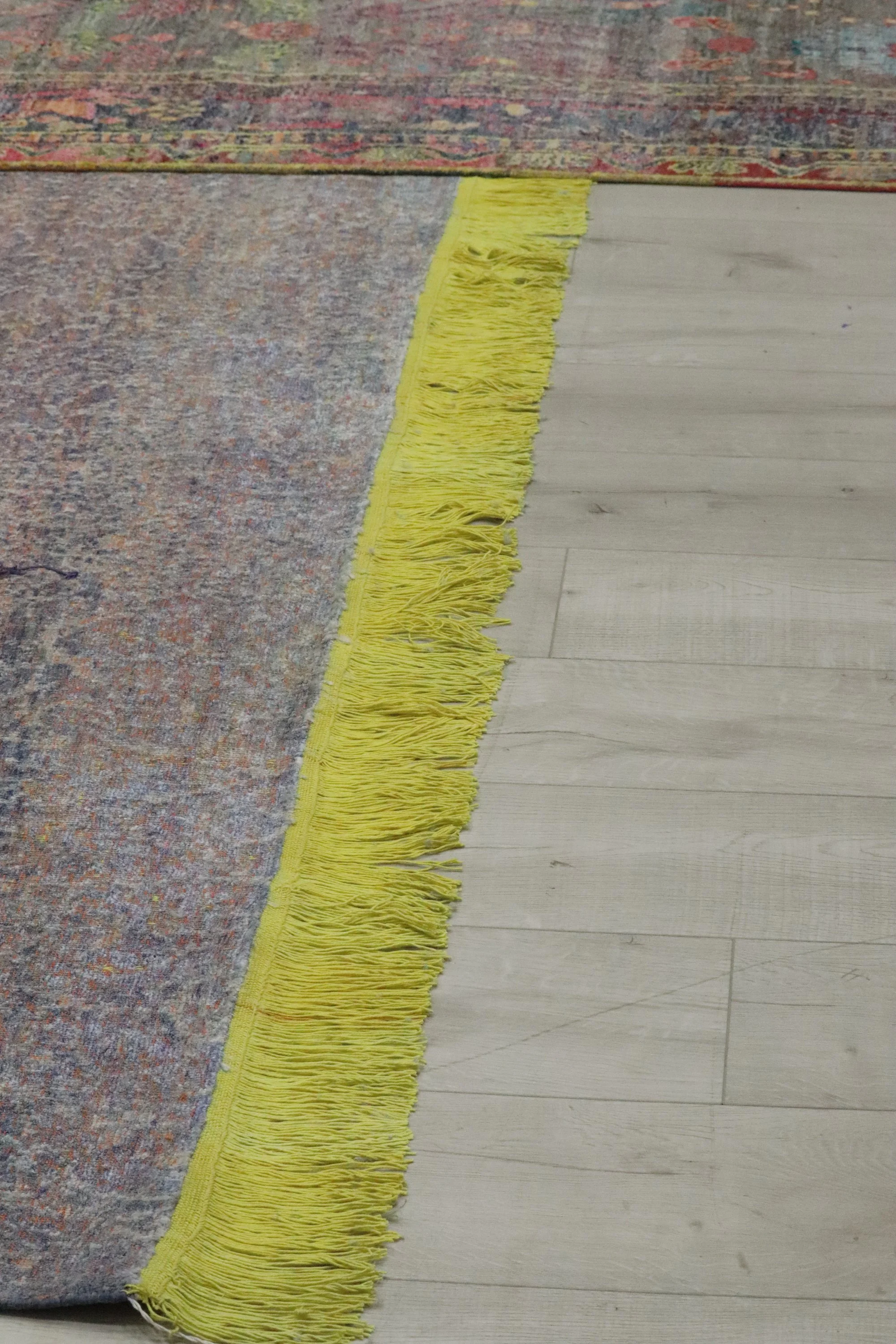While bathhouses and sweat lodges have a long association with purification ceremonies in human civilization, the temazcal is a distinct practice loaded with symbolic and spiritual connotations. From ancient Rome to Edo Japan, these cloistered spaces were privy to individual customs and social traditions.
Read MoreIn Oaxaca, food is an integral part of the community and grown entirely in the countryside. Like everything about the culture there, food evokes a sense of passion that transcends the immediate anthropological language it provides. Food is the very essence of transcendence, actually. If you visit the homes of the common people, like we did, you will see women of the households spending hours and hours in the kitchen, all in the name of preparing the daily meals.
Read MoreCocoa and Jasmine curated a creative residency program at The Johri in January 2021 that explored multidisciplinary arts and crafts in Jaipur to create a holistic-contemporary design experience. The goal of the residency was to bring together a creative community to inspire them and encourage collaborations.
Read MoreSayali’s collection interprets the world through energy and its transformation from thought to action, action to knowledge. The element-inspired art of this collection speaks a universal language through the visual manifestation of earthly and cosmic phenomena. It relays meaning through sacred geometry -- simple forms and lines that hold within them the meaning of life and cosmic truth. Art becomes a medium of interpreting the world, powerful enough to stir the consciousness.
Read MoreTextiles have been intertwined with the advancement of human civilization and everyday living for ages. From sacred rituals and surface decoration to daily attire – their usage has been widespread. Textiles and spices were the primary commodities forming part of international commerce in the pre-industrial period. In those days, India was renowned for its textile quality and efficient trade practices with Far and Southeast Asia. The unique status acquired by Indian textiles is evident in the fact that many words like calico, pajama, gingham, dungaree, chintz, and khaki entered the English language.
Read MoreWhat we wear, sleep in, drape over ourselves, and so on are a largely ignored part of our daily lives. What we usually forget is that someone sat down and spent hours, sometimes days, to make them. The artisan’s lifeblood forms the core of every item off this everyday artform.
Read MoreWhen Sawai Jai Singh II founded Jaipur, he dreamt of creating a city emulating Delhi’s Red Fort. Pink, we are told, is the generic colour of Indian hospitality. The sandstone and terracotta havelis speak of a place saturated with tales of the past. If storytelling had a colour, it would resemble a prism breaking out into the colours of Jaipur’s shops and stalls and alleys and ateliers. A riot, and no less.
Read MoreThe Piramal Haveli in Baggar is a small but stunning Rajasthani-Italianate structure, approximately 40 kilometres closer from other hotels in Rajasthan. It was built in 1928 with a large open garden and two pillared courtyards painted with colourfully kitsch frescoes of flying angels, aeroplanes, and gods in motor cars. These unique characteristics of the restored Piramal Haveli, make it distinct from the other hotels in Shekhawati region.
Read MoreBikaner, the old city that stands proud in the Thar Desert and lesser-explored than its sister cities (Jaipur, Jodhpur, and Udaipur), is reminiscent of 16th-century grandeur and medieval architecture.
Read MoreThe name ‘Amanbagh’ translates to ‘a peaceful garden’ in Hindi. Situated in Alwar, the space is an oasis for the world-weary soul as it invites you to pause. We took out time to stroll through the lush expanses of the retreat that are a treat to any nature lover or seeker of respite. The architecture is traditionally inspired yet refreshingly modern. Inspite of the imposing historical landscape it is set in, we made the space our own, and discovered corners for peaceful reflection.
Read MoreLooking at contemporary creative cultures in Mexico City
Read MoreIn the ancient city of Haridwar, along the Ganges’ winding route where it debouches into the Northern Plains, stands the tranquil Amrit Bhawan.
Every corner of this holy town tells a story steeped in the divine, and Amrit Bhawan has embraced this rich heritage with a contemporary style.
Read MoreHema Shroff Patel, Founder of Amba, began her exploration into the world of weaving as a self-taught craft artist. Her love for handlooms stems from her love for simple handwoven cotton fabric, which she used to make pyjama sets for her children.
Read MoreCocoa and Jasmine studio space shifted at the beginning of this year to the vibrant city of Jaipur. As we settle into the vibe of a new city and redefine our identity, we were curios to connect with the glocal community in the city. We created a series that explores designers from diverse backgrounds and creative pursuits through their studio spaces.
Read MoreWabi sabi is a worldview and philosophy with origins in Japan. It is a concept that embraces the perfection of imperfections, finding beauty in simplicity and experiencing the spiritual richness in what is. It is through this aesthetic that one is inspired to experience tranquillity, inner spaciousness, and harmony with nature.
Read More



















